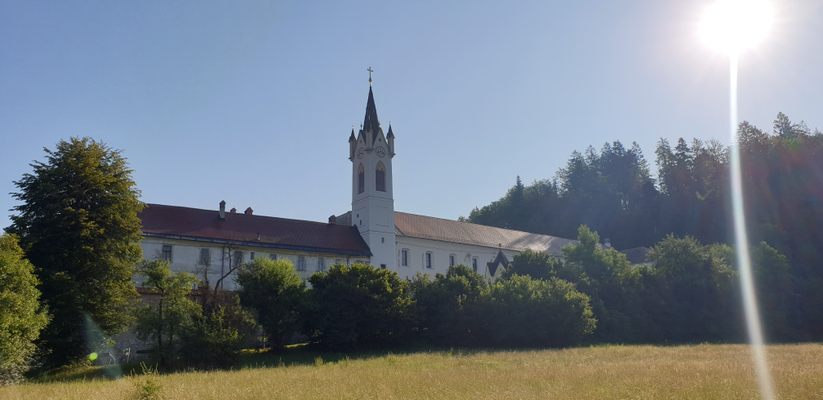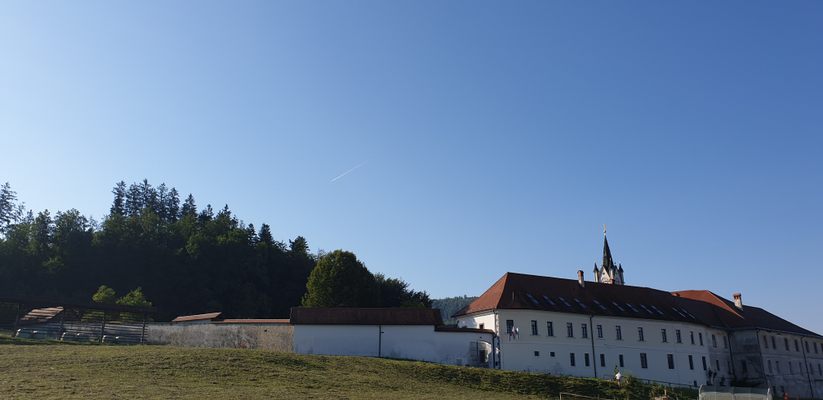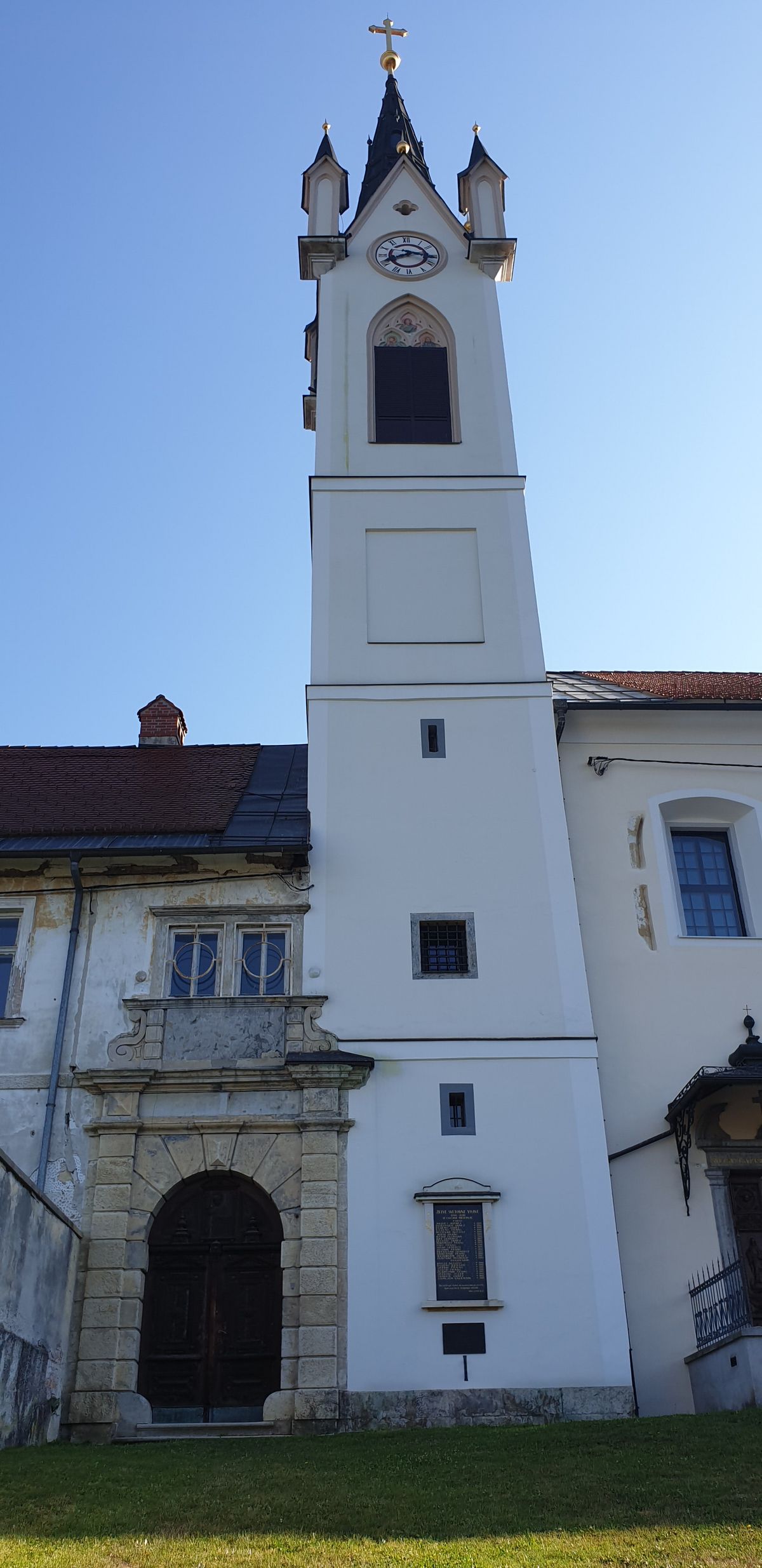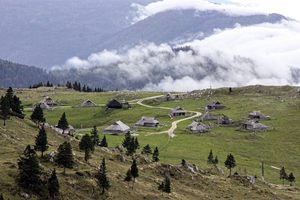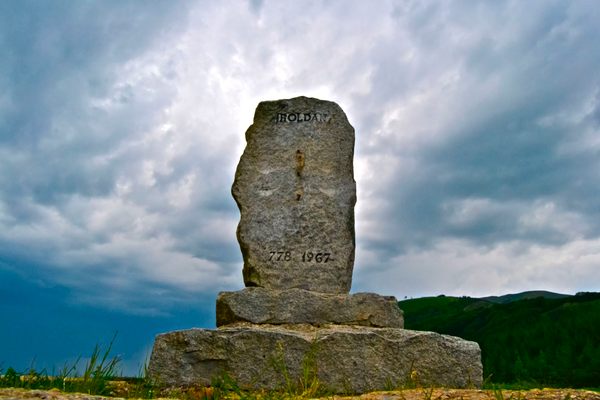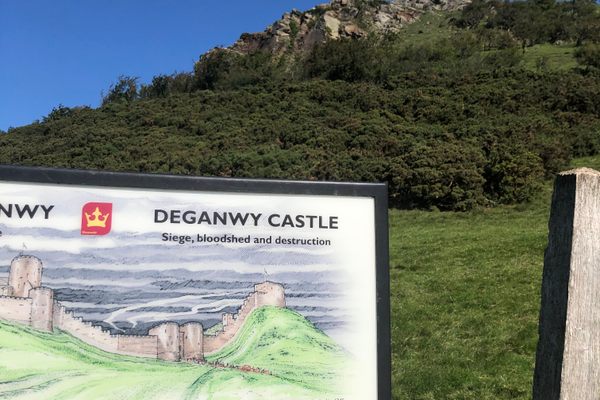About
On the edge of the town of Kamnik, Slovenia, in the village of Mekinje, stands a huge monastery that would make an excellent setting for a vampire film. Its series of cloisters within had sheltered nuns since around 1300, shielding them from 16th-century Turkish raids, world wars, plagues, and everything that the last 700 years in central Europe could throw at them.
The story of the monastery began on October 9, 1300, when Seyfrid and Elizabeta Gallenberg donated their land. From that year until 1782, the monastery was in the hands of the Poor Clares and was overseen by the Franciscans. Through the Middle Ages, monasteries like this one functioned just like feudal estates run by lay lords.
In June 1471, three units from the Turkish army traveled from Ljubljana to Kamnik. The Turks looted the monastery and kidnapped the nuns, holding them as captives. The northern gate of the wall built around Kamnik to hold off Turkish raids was named after these nuns, called Frauentor, Old German for “the Nun Noor.”
In 1681, the monastery was renovated extensively. Little of the pre-renovation wooden monastery can be seen today. The monastery was rebuilt in stone from the ground up and completed in 1686. This included an embowered orchard, gardens, two large interior courts, a new chapel, and a bell tower.
The monastery was one of the hundreds dissolved during the Enlightenment by Austrian Emperor Joseph II in January 1782, causing the nuns to abandon it. From 1799 to 1814, it was a prison for French soldiers captured by the Austrians and also a hospital. When Napoleon took over and established the Illyrian Provinces in what is now Slovenia, the monastery became a barrack for the French army. The Austrian recaptured the area in 1814 and the monastery then housed Austrian soldiers.
The monastery was once again active in the early 20th century, becoming home to Ursuline nuns and a girls’ school. During the First World War, it was used as a military hospital for Austro-Hungarian soldiers. During the Second World War, the Nazis occupied the town of Kamnik and cast the nuns out of the monastery, using it as a barracks. After the war, the victorious Partisans allowed the nuns to return if they promised to feed and house displaced Yugoslav citizens until they could return to their homes. The socialist government would have nationalized the monastery and sent away the nuns, but a plan was hatched in 1949 to register the nuns as national workers, who would therefore receive a salary from the state and welfare protection but had to wear civilian clothes. This lasted until 1959, when a part of the monastery was indeed nationalized and various sections were used for technical training), a juvenile detention center, a workshop for folk artists, and “towel storage.”
But what finally drove the remaining nuns out were the utility bills. In 2016, the last of the monastery's resident nuns gifted the enormous complex of buildings to the township of Kamnik, as they were no longer able to pay for its upkeep.
The township decided to transform the Samostan Mekinje Monastery into an international cultural center. The most modern section, from the 19th century, is equipped with hostel-style bedrooms that can sleep 80, which have hosted internationally-renowned artists, Baroque music festivals, and numerous free talks, exhibits, and events. There are plans for the monastery to become a national center for visual arts, as well as a host location for study abroad programs.
Related Tags
Know Before You Go
Entrance to the monastery is from the left side as you drive up. There are events many times per week, but you should check the website for scheduling. Most are in Slovenian, but there are some events in English, including free talks and workshops. Starting in September 2019, visitors will be able to stay at the monastery overnight for very low rates, so it is a good place to stay while visiting Kamnik and central Slovenia. You can book via the website.
Forest to Table in Alpine Slovenia
A Forest-to-Table Gastronomy Adventure in Slovenia.
Book NowCommunity Contributors
Added By
Published
July 31, 2019
